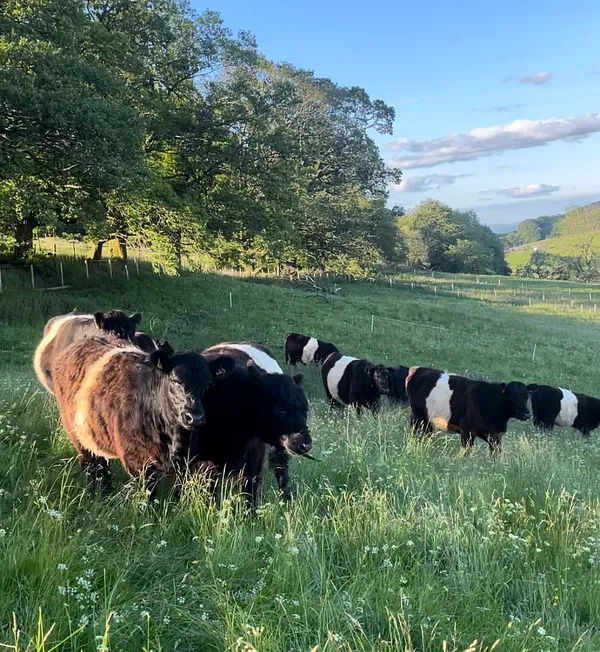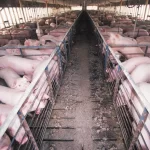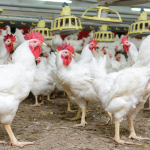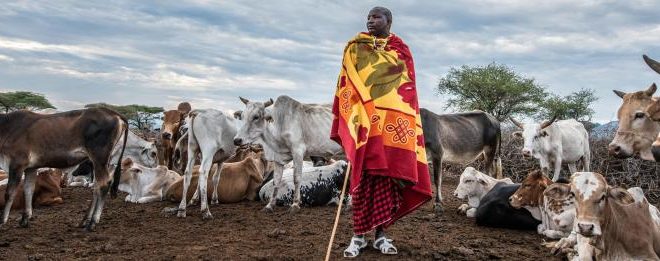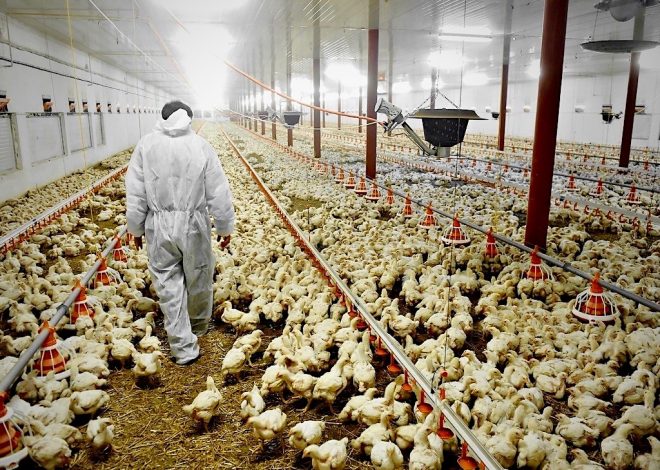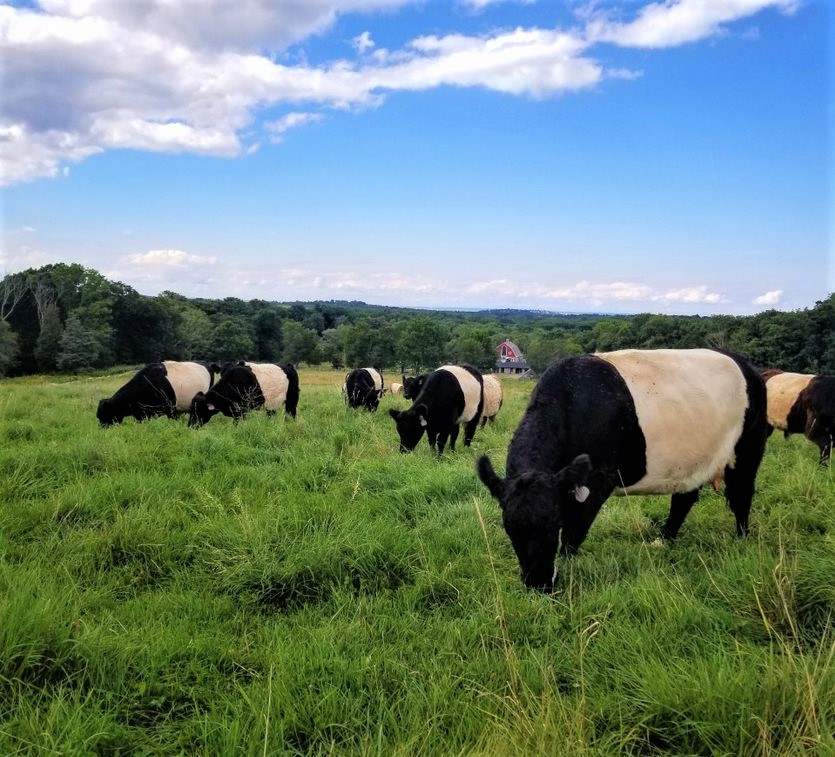
Livestock play a multifaceted and indispensable role on farms, contributing to the agricultural ecosystem in diverse ways. From providing essential resources to enhancing soil fertility, this article explores the invaluable functions of livestock within the farming landscape.
- Provision of Essential Products: Livestock are primary sources of essential products for human consumption. Cattle, sheep, and goats, for instance, supply meat, while dairy cows contribute milk and its by-products. Poultry, such as chickens and ducks, provide eggs. These products are fundamental to global food security and nutrition.
- Utilization of By-Products: Beyond meat and dairy, livestock also produce valuable by-products. Leather from cattle, wool from sheep, and feathers from poultry are integral components of various industries. Livestock farming thus contributes to both the food and textile sectors, playing a vital role in the global economy.
- Contribution to Soil Fertility: Livestock, through their manure, contribute to soil fertility. Manure is a natural fertilizer rich in nutrients, enhancing soil structure and promoting plant growth. Integrating livestock into crop farming creates a symbiotic relationship where animal waste becomes a valuable resource for cultivating crops.
- Biodiversity and Ecosystem Services: Livestock grazing practices can positively impact biodiversity and ecosystem health. Managed grazing helps control vegetation, preventing the dominance of invasive species and promoting a more diverse plant community. Livestock can also be utilized for targeted grazing to reduce wildfire risks and manage vegetation in sensitive ecosystems.
- Draft Power and Agricultural Labor: In many traditional farming systems, livestock provide draft power, aiding in plowing fields and transporting goods. Oxen, horses, and other draft animals have historically played a crucial role in agricultural labor, especially in regions where mechanization is limited.
- Cultural and Social Significance: Livestock hold cultural and social significance in many communities. They are central to traditional practices, ceremonies, and celebrations. Livestock farming often forms an integral part of the cultural identity of farming communities, fostering a sense of connection to the land and heritage.
- Waste Recycling and Sustainability: Livestock contribute to sustainable farming practices through waste recycling. Manure can be used to generate biogas, providing an alternative energy source. The integration of livestock in agroecosystems promotes closed-loop systems, where waste from one aspect of farming becomes a resource for another.
Conclusion: The multifaceted roles of livestock on the farm highlight their significance in agriculture and beyond. From providing essential products to contributing to soil fertility and cultural heritage, livestock are integral to the sustainability and resilience of farming systems. Recognizing and optimizing these roles ensures a harmonious relationship between livestock and the broader agricultural landscape.
